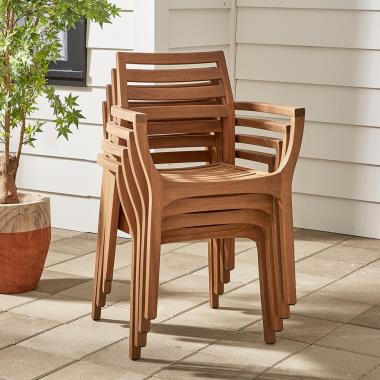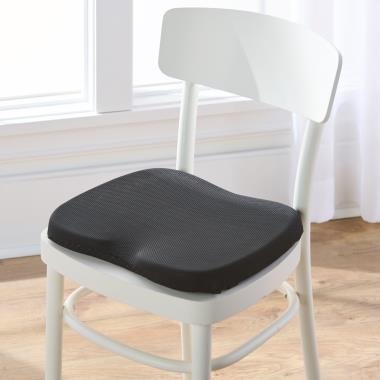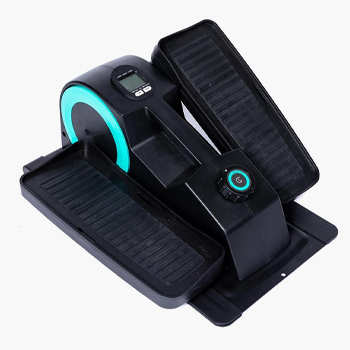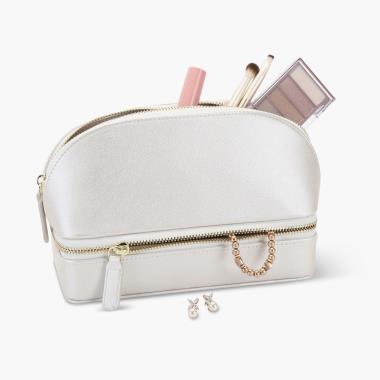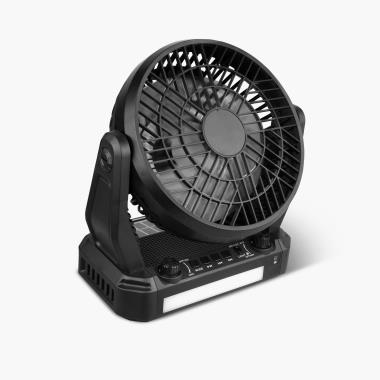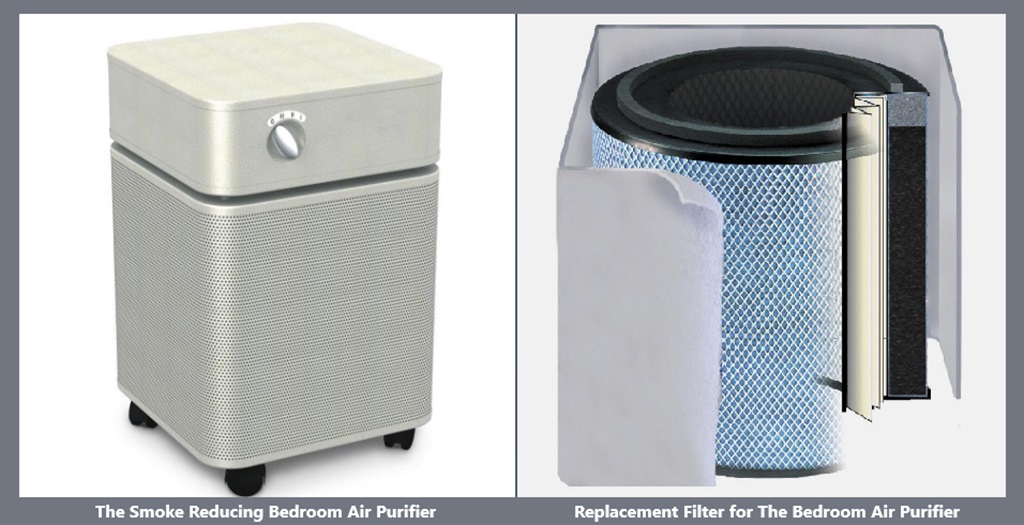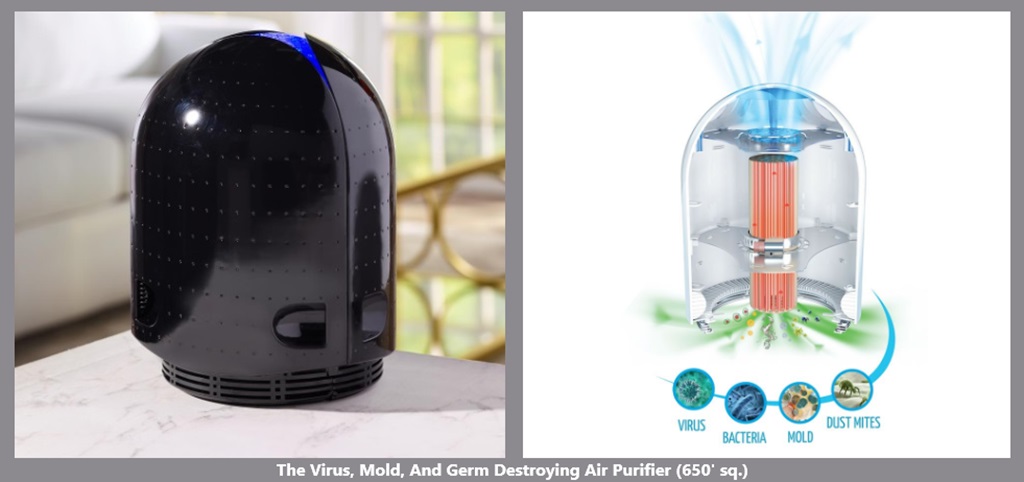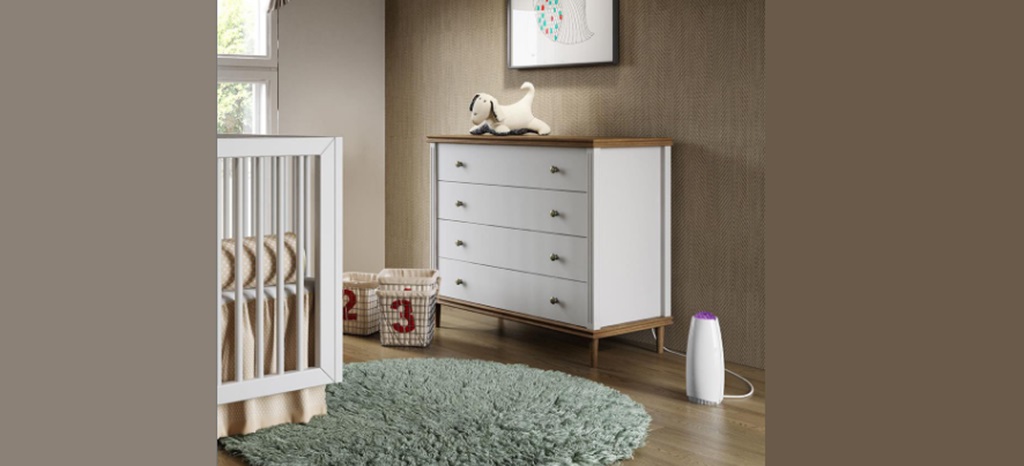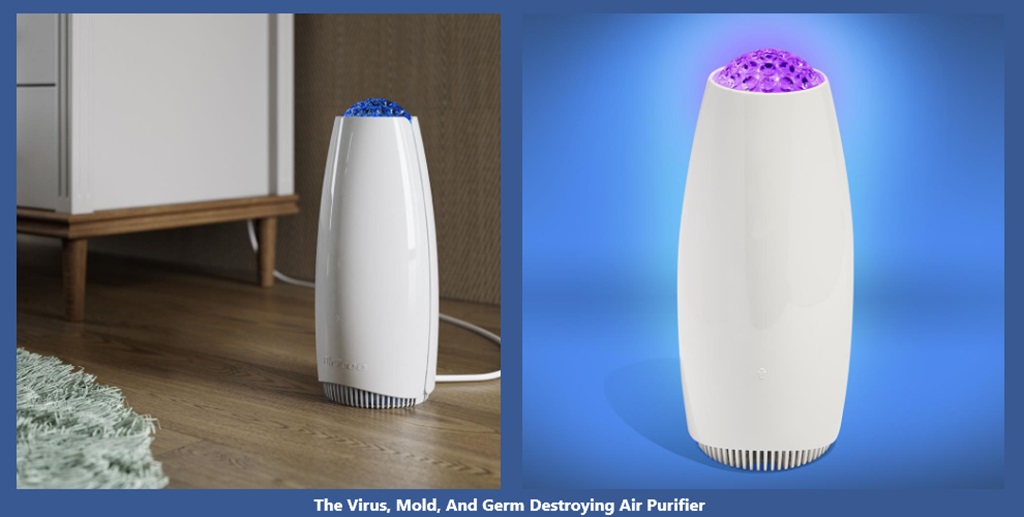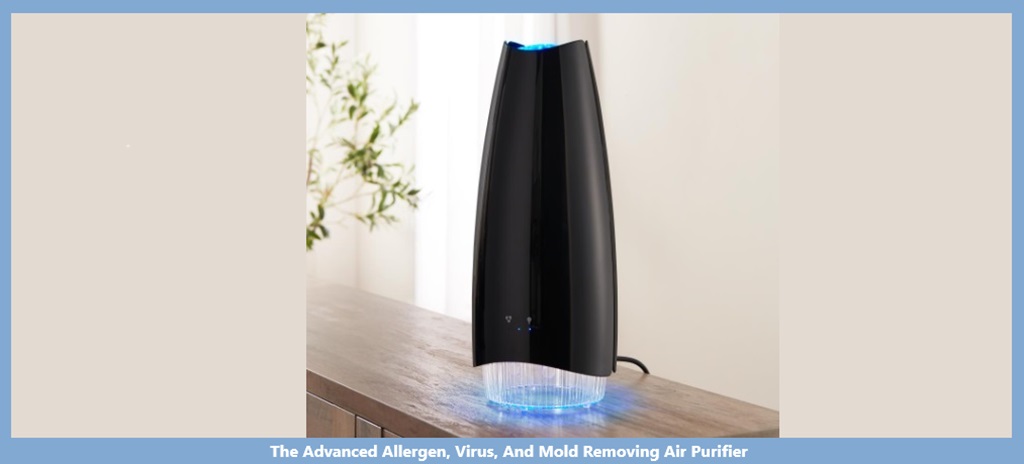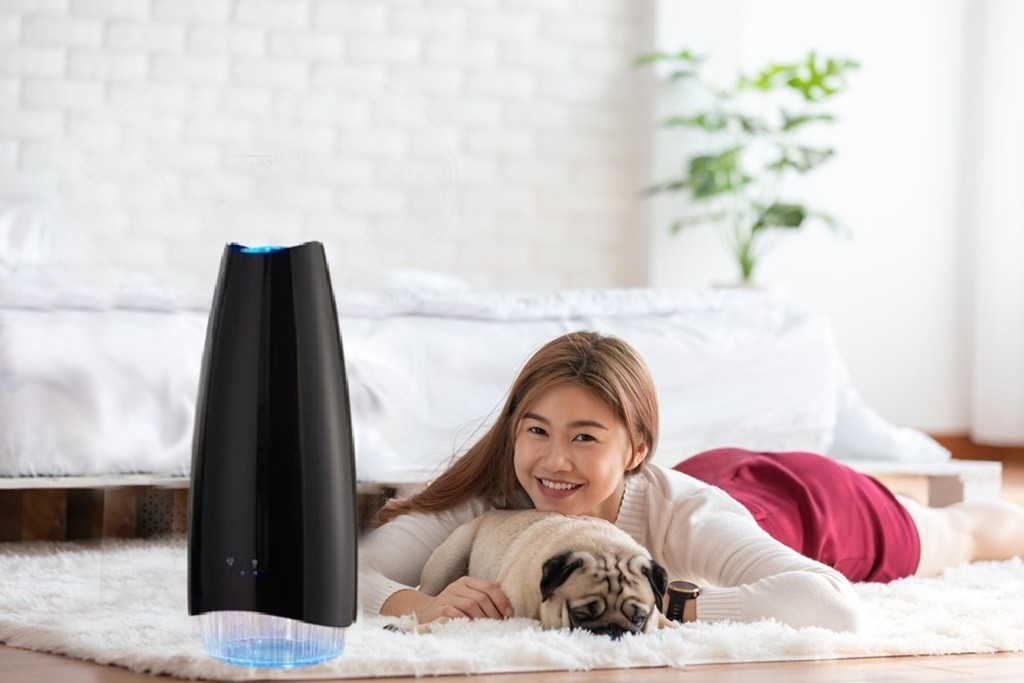
The Impact of Air Purification on Allergies
Allergies have become an increasingly common concern for millions of people worldwide, disrupting daily life with symptoms ranging from mild discomfort to severe reactions.
Whether it’s the itchy eyes, persistent sneezing, or the struggle to breathe freely, the impact of allergies can be profound, especially when the culprits are lurking within the confines of our homes. As we spend more time indoors, the importance of maintaining clean air has never been more crucial.
This is where air purifiers come into play. Designed to remove pollutants and allergens from the air, these devices offer a promising solution for allergy sufferers seeking relief. But how effective are they really? Can an air purifier genuinely make a difference in reducing allergy symptoms, or is it just another gadget?
In this article, we’ll explore the science behind air purification, examine its effectiveness in combating common allergens, and provide practical advice on choosing the right air purifier for your home. Whether you’re a long-time allergy sufferer or someone looking to improve your indoor air quality, understanding the impact of air purification could be the key to breathing easier and living more comfortably.
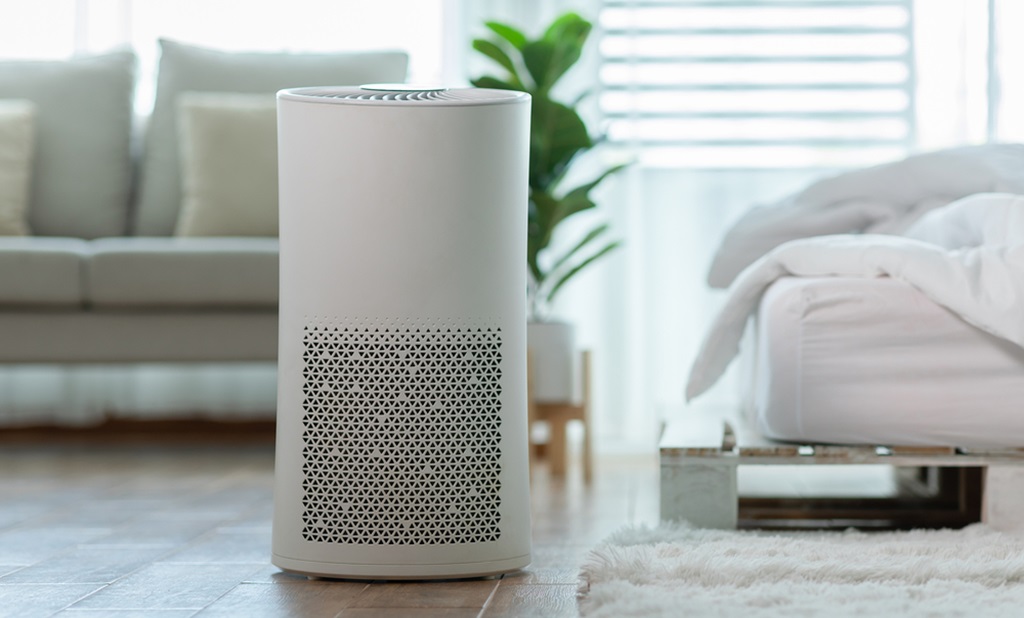
Understanding Allergies and Their Triggers
Allergies are the body's hypersensitive response to substances that are typically harmless to most people. When someone with allergies is exposed to an allergen, their immune system mistakenly identifies it as a threat and releases chemicals like histamine to defend the body.
This immune response leads to the symptoms commonly associated with allergies, such as sneezing, coughing, itchy eyes, and even more severe reactions like difficulty breathing or anaphylaxis.
Common Indoor Allergens
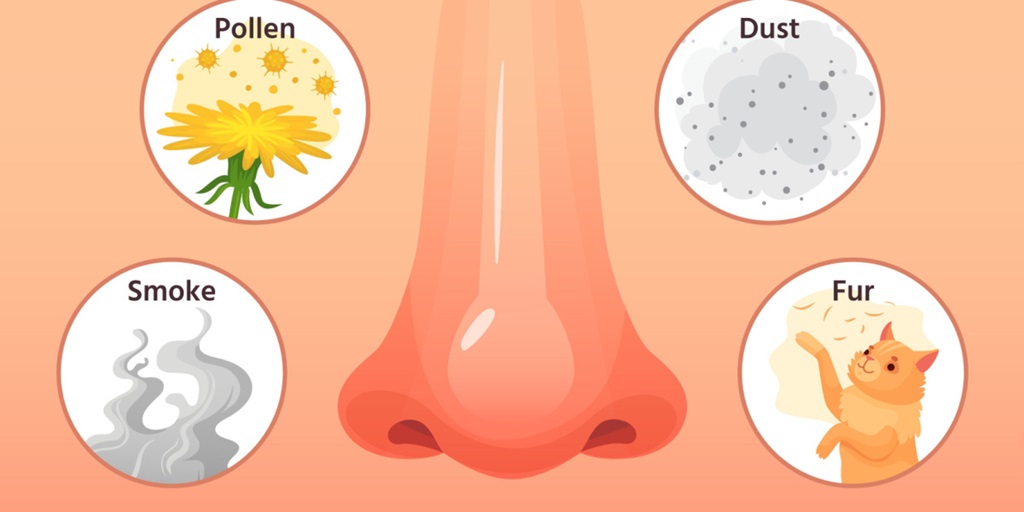
The triggers that set off allergic reactions are known as allergens, and they can be found both indoors and outdoors. However, some of the most persistent and troublesome allergens are the ones lurking inside our homes. Let’s take a closer look at the most common indoor allergens:
Dust Mites: These microscopic creatures thrive in warm, humid environments and are commonly found in bedding, upholstered furniture, and carpets. Dust mites feed on the dead skin cells we shed, and their waste products are potent allergens that can trigger asthma and allergic rhinitis.
Pet Dander: Pet dander consists of tiny, even microscopic, flecks of skin shed by cats, dogs, and other animals with fur or feathers. It also includes proteins from saliva, urine, and feces. These particles can become airborne and are a common allergen for pet owners, often leading to sneezing, itchy eyes, and other allergic symptoms.
Mold: Mold spores are another common allergen that thrives in damp, poorly ventilated areas like bathrooms, basements, and kitchens. When mold spores are inhaled, they can cause allergic reactions and exacerbate conditions like asthma. Certain types of mold can also produce mycotoxins, which can be harmful when inhaled over time.
Pollen: While typically considered an outdoor allergen, pollen can easily make its way indoors through open windows, doors, or even by hitching a ride on your clothes or pets. Pollen from trees, grasses, and weeds is a significant trigger for seasonal allergies, also known as hay fever.
Cockroach Droppings: Though less common in discussion, cockroach droppings and saliva contain proteins that can trigger allergies and worsen asthma symptoms. These pests are often found in urban environments and can be particularly problematic in older buildings.
Allergy Symptoms

The symptoms of allergies can vary widely depending on the individual and the allergen involved. Common symptoms include:
Sneezing and Runny Nose: These are often the first signs of an allergic reaction, especially in response to airborne allergens like pollen or dust mites.
Itchy, Watery Eyes: Allergens can irritate the eyes, leading to redness, itching, and excessive tearing.
Coughing and Wheezing: Respiratory symptoms like coughing and wheezing can occur, especially in individuals with asthma.
Skin Reactions: Some allergens can cause skin reactions such as hives, eczema, or general itching.
Fatigue: Chronic exposure to allergens can lead to fatigue and difficulty concentrating, as the body's immune system is constantly on alert.
The Connection Between Indoor Air Quality and Allergies
Indoor air quality plays a critical role in the severity and frequency of allergic reactions. When the air inside your home is filled with allergens, every breath can become a trigger for symptoms. Unfortunately, modern homes, with their energy-efficient, airtight designs, can trap allergens inside, creating an environment where they can accumulate to levels that significantly impact health.
Poor indoor air quality doesn’t just make allergies worse; it can also contribute to the development of new allergies and respiratory conditions. As a result, managing indoor air quality is essential for anyone looking to reduce their allergy symptoms. This is where air purifiers can make a significant difference, by removing airborne particles and helping to maintain a cleaner, healthier indoor environment.
Understanding the types of allergens that may be present in your home and the symptoms they cause is the first step in combating allergies. With this knowledge, you can take informed steps, such as investing in an air purifier, to create a more comfortable living space and reduce the impact of allergens on your daily life.
Smoke Reducing Bedroom Air Purifier
This Smoke Reducing Bedroom Air Purifier promotes sleep with gentle white noise while removing 99.97% of airborne impurities like dust, pet dander, pollen, smoke, and chemicals.
Its five-stage filtration system includes two prefilters, carbon and HEPA filters, and a military-grade cloth layer to eliminate allergens and toxins.
Ideal for rooms up to 1,500 sq. ft., it refreshes the air hourly, all while emitting a soothing hum. The unit features three speeds, durable steel construction, and casters for easy mobility. The filter lasts up to five years.
How Air Purification Works

Air purifiers are valuable tools for improving indoor air quality, particularly for those suffering from allergies. By removing airborne contaminants, these devices help create a cleaner, healthier environment. Here’s a look at how different types of air purifiers work and their effectiveness in reducing allergens.
1. HEPA Filters (High-Efficiency Particulate Air)
HEPA filters are renowned for their ability to capture at least 99.97% of particles as small as 0.3 microns, including dust, pollen, and pet dander.
Air passes through the filter, trapping these particles and preventing them from circulating back into the room. HEPA filters are highly effective for allergy sufferers but do not remove gases or odors, so they are often combined with other technologies.
2. Activated Carbon Filters
Activated carbon filters excel at adsorbing gases, odors, and volatile organic compounds (VOCs). The porous carbon material traps these molecules, improving air quality by reducing smells from cooking, pets, or smoke, and removing chemical vapors. While excellent for odor control, these filters are not designed to capture particles like dust or pollen.
3. Ionizers
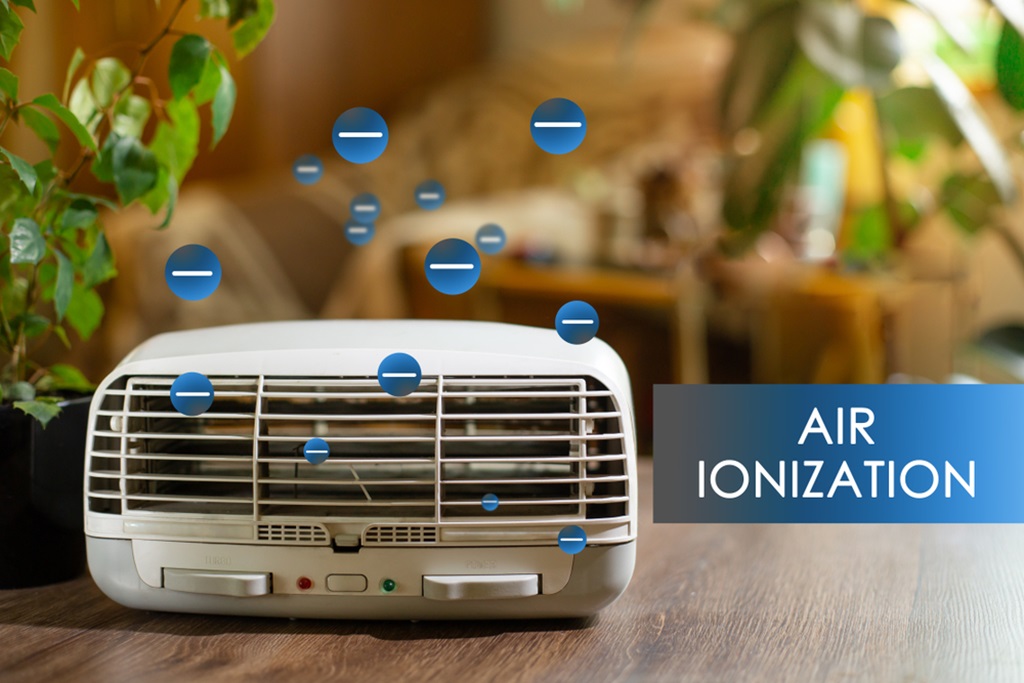
Ionizers release negative ions that attach to airborne particles, causing them to clump together and settle out of the air. Some ionizers also include collection plates to capture these particles. While ionizers can reduce airborne particles, they do not physically remove them from surfaces, and some models produce ozone, which can be harmful.
4. UV Light Purifiers
UV light purifiers use ultraviolet light to destroy bacteria, viruses, and mold spores. As air passes through the device, the UV light deactivates these microorganisms, preventing them from reproducing or causing harm. These purifiers are effective for reducing biological contaminants but do not remove particles or odors.
5. Hybrid Models
Hybrid air purifiers combine technologies, such as HEPA filters, activated carbon filters, and UV light, to address a broader range of air quality issues. These models offer comprehensive air purification, effectively reducing particles, odors, and biological contaminants, making them an excellent choice for allergy management.
Regular maintenance, such as replacing filters and cleaning components, is crucial to ensure that air purifiers operate at peak performance. By understanding the different types of air purifiers and their capabilities, you can choose the right one to help alleviate allergy symptoms and improve your indoor environment.
The Effectiveness of Air Purifiers on Allergies
Air purifiers are often touted as essential tools for allergy sufferers, but how effective are they in reality? This section delves into the scientific evidence, real-life experiences, and limitations to help you understand how air purifiers can impact allergies.
Scientific Evidence on Air Purifiers and Allergie s
Numerous studies have investigated the effectiveness of air purifiers in reducing airborne allergens and alleviating allergy symptoms. Research generally supports the use of air purifiers, particularly those equipped with HEPA filters, for removing common allergens such as dust mites, pet dander, pollen, and mold spores from indoor air.
For example, studies have indicated that air purifiers with HEPA filters can significantly reduce the concentration of particulate matter in the air, leading to a decrease in allergy symptoms like sneezing, coughing, and nasal congestion. This reduction in airborne allergens is particularly beneficial in bedrooms, where people spend a significant amount of time and where dust mites and other allergens tend to accumulate.
The Role of Air Purifiers in Allergy Management
Air purifiers can play a significant role in managing allergies by reducing the concentration of airborne allergens and improving indoor air quality. They are particularly effective when used as part of a comprehensive allergy management plan that includes regular cleaning, proper ventilation, and controlling humidity levels.
While not a cure-all, air purifiers offer a practical and accessible way to reduce allergy symptoms and create a more comfortable living environment. For those suffering from allergies, investing in a high-quality air purifier can be a worthwhile step toward better health and improved quality of life.
Choosing the Right Air Purifier for Allergies
Selecting the right air purifier is crucial for maximizing its effectiveness in reducing allergens and improving indoor air quality. With various models and features available, it’s important to consider several key factors to ensure you choose the best air purifier for your specific needs.
1. Room Size and Coverage Area
The first step in selecting an air purifier is determining the size of the room where it will be used. Air purifiers are rated for the square footage they can effectively cover, so selecting a model that matches your room size is essential. For example, a small purifier designed for a bedroom may not be powerful enough to clean the air in a large living room.
– Tip: Measure the square footage of the room and compare it to the coverage area listed on the air purifier’s specifications. Picking a purifier with a slightly higher capacity than your room size can provide better air circulation and filtration.
2. Type of Filter
The type of filter used in an air purifier greatly influences its effectiveness in removing specific allergens:
– HEPA Filters: Ideal for capturing fine particles like dust, pollen, pet dander, and mold spores. If your primary concern is airborne particulate matter, a HEPA filter is the best choice.
– Activated Carbon Filters: Effective at removing odors, gases, and volatile organic compounds (VOCs) from the air. If you’re dealing with chemical sensitivities, smoke, or strong odors, look for a purifier that includes an activated carbon filter in addition to a HEPA filter.
– Combination Filters : Some air purifiers use a combination of filters to target both particulate matter and gases. These hybrid models are beneficial for households with multiple air quality concerns.
– UV and Ionizer Options: While these features can be useful for killing bacteria and reducing airborne particles, they should be used in conjunction with HEPA and activated carbon filters for the best results. Ensure any ionizer or UV purifier you choose does not emit harmful levels of ozone.
3. Noise Level
The noise level of an air purifier is an important consideration, especially if you plan to use it in a bedroom or a quiet space. Most air purifiers produce some level of noise due to the fan, but the volume can vary significantly between models.
— Tip: Check the noise level ratings (measured in decibels) in the product specifications. Some purifiers offer “quiet” or “sleep” modes designed to operate at lower noise levels during the night. If you’re sensitive to noise, look for models that emphasize quiet operation.
4. Maintenance and Operating Costs

Regular maintenance is necessary to keep your air purifier working effectively. This typically involves replacing filters and, in some models, cleaning components like collection plates. When choosing an air purifier, consider the frequency and cost of filter replacements, as well as energy consumption.
— Tip: Check the manufacturer’s recommendations for filter replacement intervals and research the cost of replacement filters. Models with longer-lasting filters may have a higher upfront cost but could be more economical in the long run. Additionally, select your perfect air purifier from a provider that offers a guarantee for the product’s normal life under standard non-commercial use.
5. Certifications and Standards
Certifications can provide assurance of an air purifier’s performance and safety. Look for the following certifications:
– AHAM Verified: The Association of Home Appliance Manufacturers (AHAM) certifies air purifiers for their Clean Air Delivery Rate (CADR), which measures the device’s effectiveness in removing smoke, dust, and pollen. A higher CADR indicates better performance.
– Energy Star: Air purifiers with Energy Star certification meet energy efficiency guidelines set by the U.S. Environmental Protection Agency, helping you save on electricity costs.
– CARB Compliance: If you live in California or want to ensure your air purifier meets stringent ozone emissions standards, look for models compliant with the California Air Resources Board (CARB) regulations.
6. Additional Features
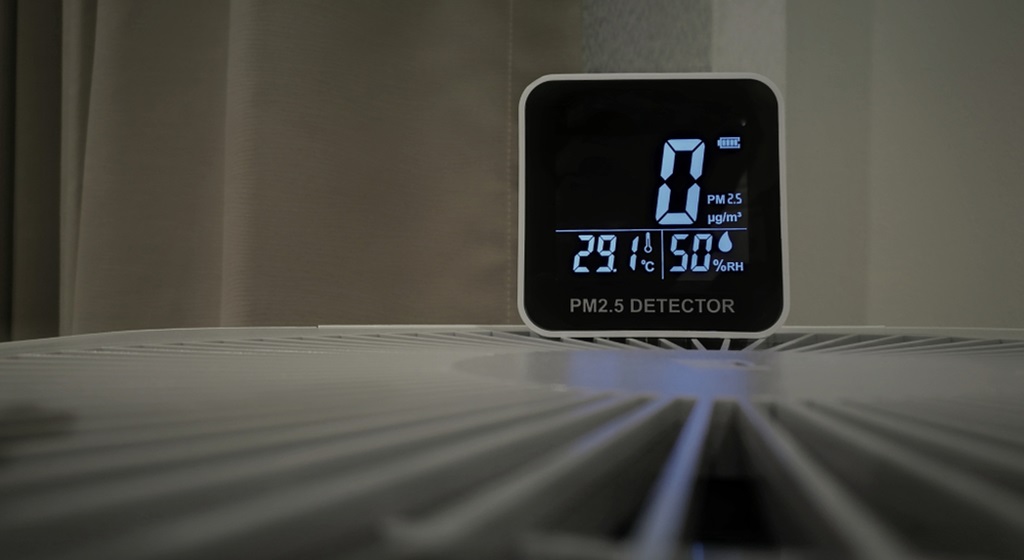
Some air purifiers come with extra features that can enhance convenience and usability:
– Smart Controls: Models with Wi-Fi connectivity can be controlled via smartphone apps, allowing you to adjust settings remotely and monitor air quality in real-time.
– Air Quality Sensors: These sensors automatically adjust the purifier’s fan speed based on the detected air quality, providing optimal performance with minimal effort.
– Portability: If you need to move your air purifier between rooms, consider a model with a lightweight design or built-in handles.
– Dual Purpose: An example is an award-winning product with a simple and unique design that combines a powerful air purifier with a household planter that allows it to easily blend in with any home decor.
Choosing the right air purifier involves balancing your specific needs, room size, budget, and preferences for features like noise level and smart controls. By understanding these factors, you can select an air purifier that effectively reduces allergens and contributes to a healthier indoor environment.
Investing in the right air purifier can make a significant difference in managing allergies, providing cleaner air and a more comfortable living space.
The Advanced Allergen, Virus, And Mold Removing Air Purifier
As one of Hammacher Schlemmer’s new range of products, The Advanced Allergen, Virus, And Mold Removing Air Purifier ticks all the boxes. It eliminates up to 99% of allergens, airborne viruses, mold, and germs using a patented ceramic heating chamber that destroys particles at 392 °F.
It operates silently through natural convection, sanitizing and recirculating air without producing ozone or requiring filter replacements. Suitable for rooms up to 750 sq. ft., it replaces air in about four hours while remaining cool to the touch. Features include three fan speeds, auto shut-off, a built-in night light with four brightness levels, and control options via panel, remote, or app.
Additional Reading: 5 Chemical Free Ways to Keep Bugs at Bay
Conclusion
Air purifiers have emerged as valuable allies in the fight against indoor allergens, offering relief to millions of allergy sufferers. By effectively removing airborne particles like dust, pollen, pet dander, and mold spores, these devices can significantly improve indoor air quality and reduce allergy symptoms. However, their effectiveness depends on choosing the right type of purifier, maintaining it properly, and understanding its limitations.
While air purifiers are not a cure for allergies, they can play a crucial role in an overall allergy management plan. When combined with other strategies such as regular cleaning, proper ventilation, and controlling humidity levels, air purifiers can help create a healthier indoor environment where you can breathe easier and live more comfortably.
For those plagued by allergies, investing in a high-quality air purifier tailored to your specific needs is a step toward better health and a more enjoyable living space. Whether you’re seeking relief from seasonal pollen, pet dander, or other indoor allergens, the right air purifier can make a significant difference in your quality of life.
If you’re ready to take control of your indoor air quality and reduce the impact of allergies in your home, explore our selection of top-rated air purifiers at Hammacher Schlemmer . With a variety of models designed to meet your specific needs, you’re sure to find the perfect solution to breathe easier and live more comfortably. Don’t let allergens disrupt your life—invest in a high-quality air purifier today and experience the difference it can make. Visit our website to shop now!










